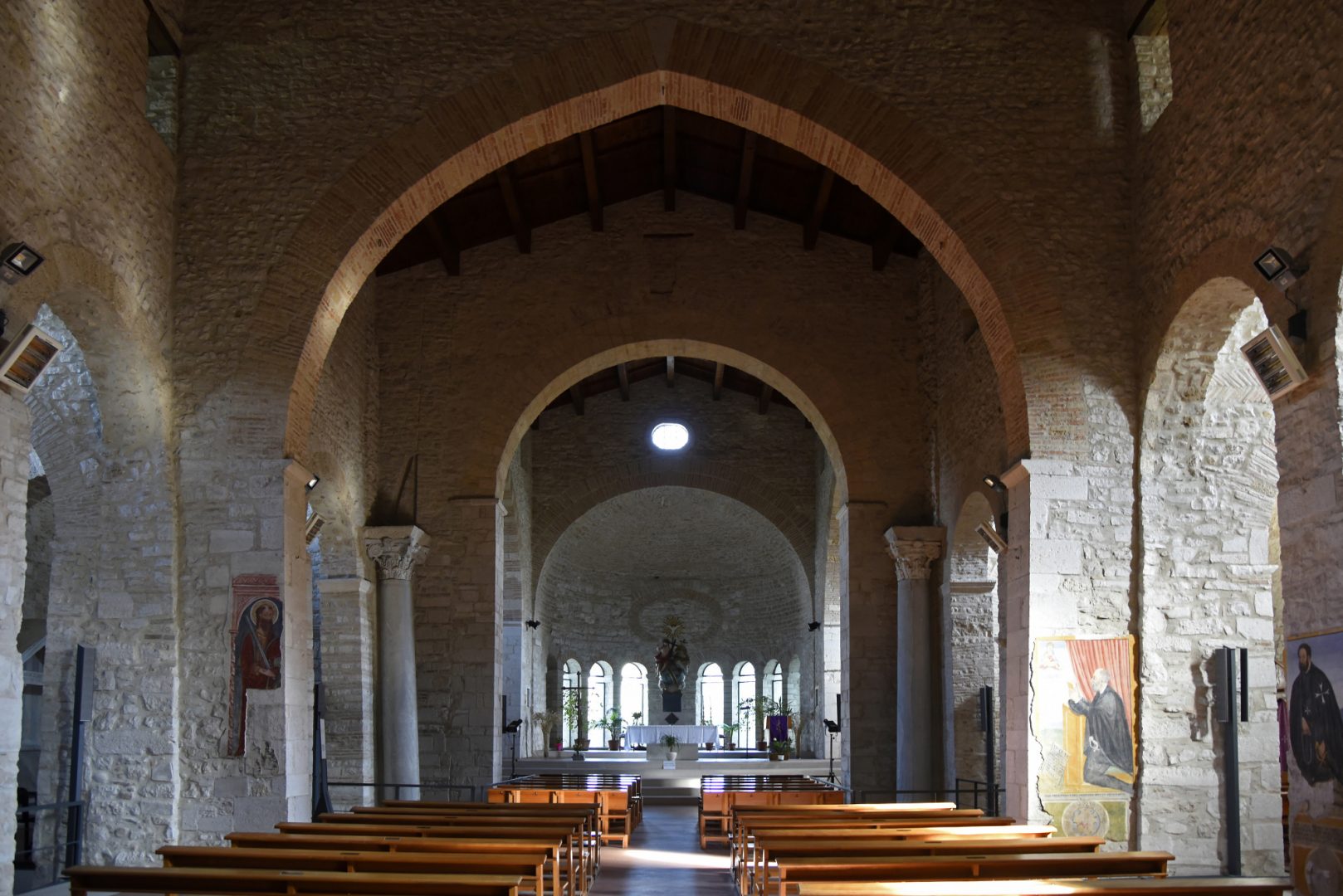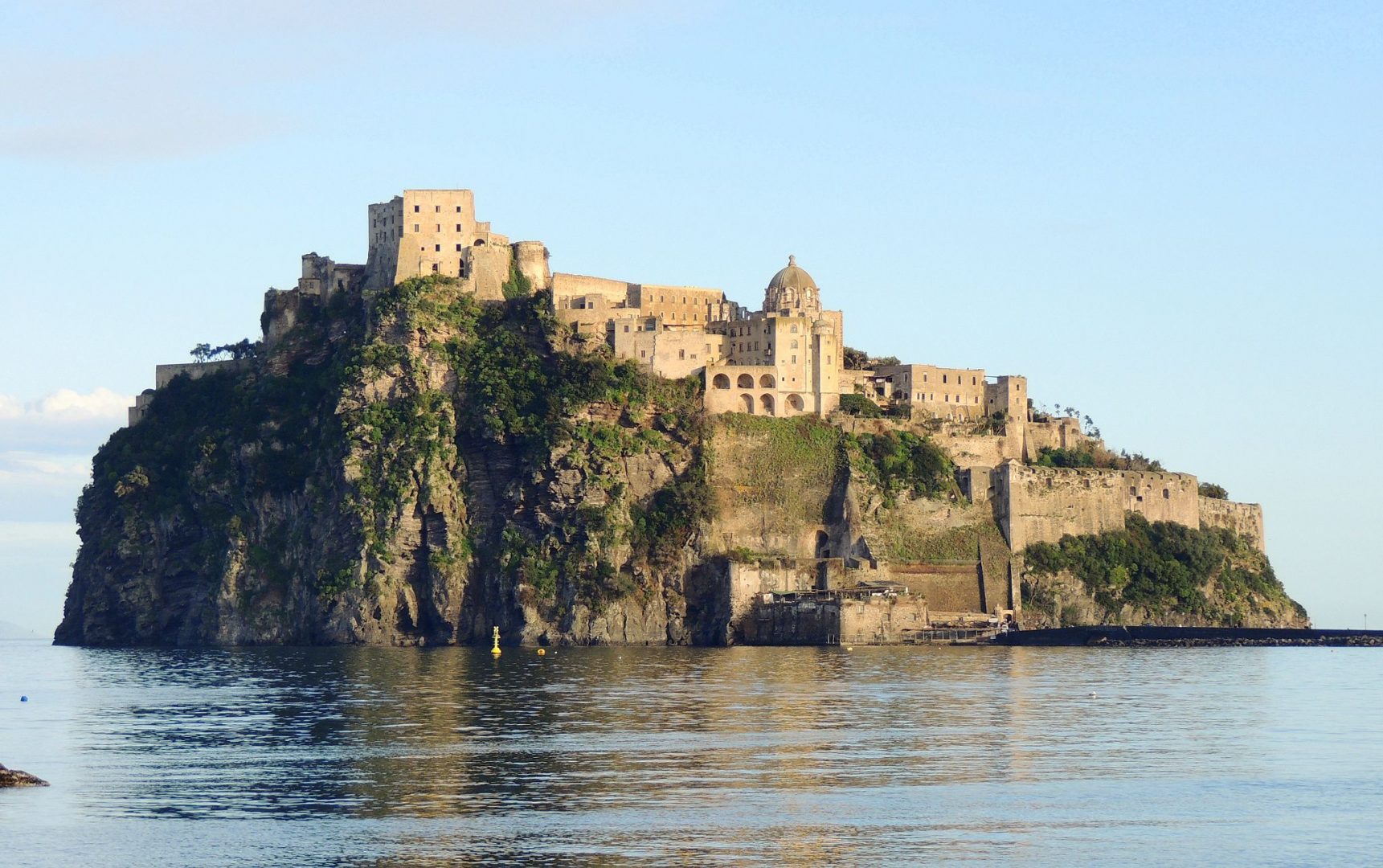Venosa is a town and community in the province of Potenza, in the southern Italian district of Basilicata, in the Vulture Area.
Venosa is a town and community in the province of Potenza, in the southern Italian district of Basilicata, in the Vulture Area. It is limited by the municipalities of Barile, Ginestra, Lavello, Maschito, Montemilone, Palazzo San Gervasio, Rapolla and Spinazzola.
1. Abbey of the Santissima Trinità

The Abbey of the Santissima Trinità or Abbey of the Most Holy Trinity, Italian: Abbazia della Santissima Trinità, is a Roman Catholic abbey complex at Venosa, in the Vulture area of the province of Potenza, in the southern Italian region of Basilicata. The architecture of the abbey shows Roman, Lombard, and Norman influences. The complex lies within the Parco Archeologico of Venosa, approximately 1.5 km north-east of the town; it falls under the Roman Catholic Diocese of Melfi-Rapolla-Venosa. It consists of the old church, of uncertain date; the monastery buildings; and the Incompiuta, the unfinished or new church, begun in the last quarter of the eleventh century and never completed. The complex was declared a National Monument by Royal Decree on 20 November 1897. It is no longer a monastery but is used by the Trinitarian Order.
2. Museo Archeologico Nazionale di Venosa

The museum, housed in the basement walkways of the Aragonese castle built in 1470 by Pirro del Balzo, is dedicated in particular to the Latin colony of Venusia, founded in 291 BC. The most ancient phases of human presence in the Venosa area are illustrated, as evidenced by the fragment of the femur of homo Erectus (about 300,000 years ago), among the oldest found in Europe. Coins, elements of architectural decoration, ceramics allow us to define and follow the political and cultural history of the Roman city up to the later stages. The epigraphic section displays the collection of funerary and public inscriptions, the latter documenting important works created by magistrates of Venusia. Interesting is the collection of memorial stones inscribed in the Oscan language, which, in nearby Bantia (Banzi), during the first century BC.
3. Aragonese Castle

The construction of the Aragonese Castle of Venosa began in 1470 by Duke Pirro del Balzo in the context of a project of fortification wider. This is an imposing building in a square plan with four cylindrical towers. The coat of arms of the Balzo, the radiant sun, is visible on the west tower. The construction of the castle and the excavation of the moat in compliance with new doctrines fortificatorie entailed the demolition of the romanesque Cathedral and the neighborhood that surrounded it. It was therefore constructed a new cathedral in an expansion of the inhabited area on the lower part of the plateau where the town rises. From the fortress was transformed into a genteel residence by Carlo and Emanuele Gesualdo, with the addition of internal loggia, of the north-west and reduced to the base of the towers, and hosted by 1612 the Academy of growing.
4. Jewish Catacombs

Dated between the III and VII century A.D. were discovered in 1853. They testify to the presence of a flourishing Jewish community local services between the late antiquity and the Early Middle Ages. They appear as a series of corridors excavated on the hill of La Maddalena, in a peripheral zone of Venosa, along which are located the burials, adorned with iconographies and Jewish epigraphs. In total, they have returned seventy epigraphs, with epitaphs in Latin, Hellenistic Greek and Hebrew, one of which is dated exactly to 521 A.D.
5. House of Quinto Orazio Flacco

The house of Orazio dates back to the II century B.C. and consists of two adjacent rooms identified as environments of a spa complex, a semicircular equipped with furniture and fittings of roman times reconstructed with techniques of experimental archeology, the other rectangular without cover. The outside, for the presence of the masonry wall in opus reticulatum and opus latericium, encloses a suggestive architectural value.
